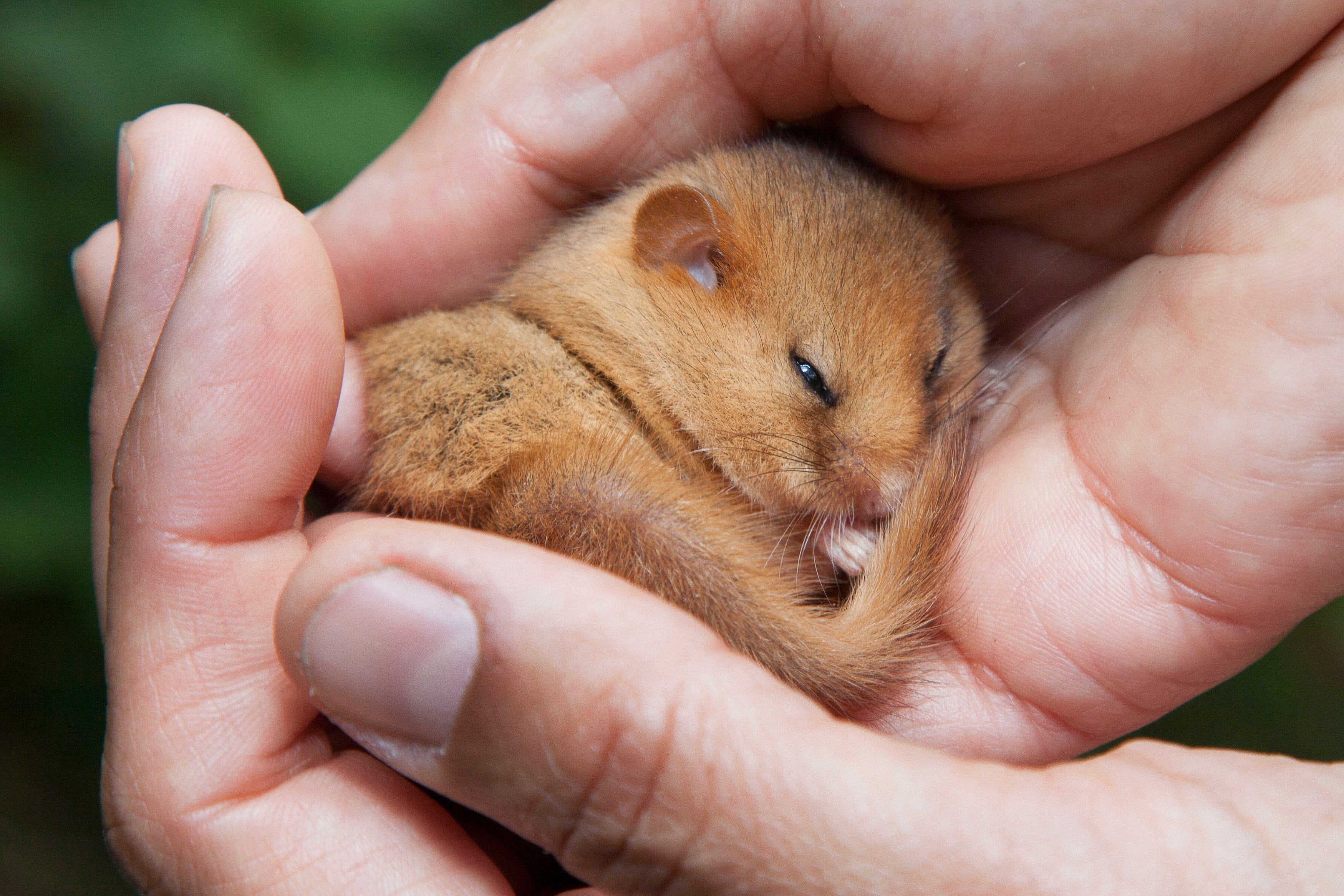Hazel dormice should be classified as endangered, new research suggests
A report highlights that the population of the native British animal is in ‘chronic decline’.

Your support helps us to tell the story
From reproductive rights to climate change to Big Tech, The Independent is on the ground when the story is developing. Whether it's investigating the financials of Elon Musk's pro-Trump PAC or producing our latest documentary, 'The A Word', which shines a light on the American women fighting for reproductive rights, we know how important it is to parse out the facts from the messaging.
At such a critical moment in US history, we need reporters on the ground. Your donation allows us to keep sending journalists to speak to both sides of the story.
The Independent is trusted by Americans across the entire political spectrum. And unlike many other quality news outlets, we choose not to lock Americans out of our reporting and analysis with paywalls. We believe quality journalism should be available to everyone, paid for by those who can afford it.
Your support makes all the difference.Native British hazel dormice should be classified as “endangered”, according to new research by the University of Exeter.
A report published in peer-reviewed journal Ecological Solutions and Evidence highlighted that the rodents are in “chronic decline”, in need of “urgent” conservation action and should no longer be classified at the lower category of “vulnerable” on the Red List for Britain’s Mammals.
Ellie Scopes, PhD student at the University of Exeter and co-author of the report, said the International Union for Conservation of Nature (IUCN) Red List is used to measure how likely a species is to go extinct and evaluates the level of urgency needed to prevent that from happening.
To become classified as “endangered” it is understood a species has to decline at a rate of more than 50% within 10 years.
Ms Scopes said: “If the population is small or has a smaller range it’s easier to measure the decline using those parameters, but if a species is widespread and declining over a longer period of time it won’t be classified in the same way.
“This concept is very useful for identifying steep, short declines, but misses more gradual, chronic losses.”
Wildlife charity the People’s Trust for Endangered Species (PTES) manages data from the National Dormouse Monitoring Programme (NDMP) which began in 1988 and involves licensed volunteers checking dormouse nest boxes throughout the season to see if the rodents are present.
According to the PTES, the data gathered by the NDMP shows a population change over a considerably longer period than the 10 years used for Red List assessment.
Ms Scopes and her colleagues analysed NDMP data between 1994 and 2020 and compared the overall decline during that period with incremental 10-year windows – the period over which the IUCN assesses change.
The PTES said the overall decline in hazel dormice numbers was 78%, which the organisation called “staggering”.
“Yet because this didn’t take place during a single decade, the classification of dormice doesn’t change,” the trust said.
“More worryingly, the rate of decline over each 10-year period has accelerated recently, but hovers around the 50% figure meaning that hazel dormice are still considered vulnerable but not endangered.”
Nida Al-Fulaij, conservation research manager at the PTES, said: “Ellie’s work has highlighted how the scale and presentation of a species’ decline can affect its perception, and as things stand dormice are not considered as threatened as other species despite their decline in numbers being very similar, if not worse.
“Hazel dormice have smaller and fewer litters, and have a much shorter active period compared with other small mammals which can have multiple litters across the whole year. As a result, they’ll naturally be less able to recover from severe declines and therefore should be considered an even higher priority in terms of conservation action.”